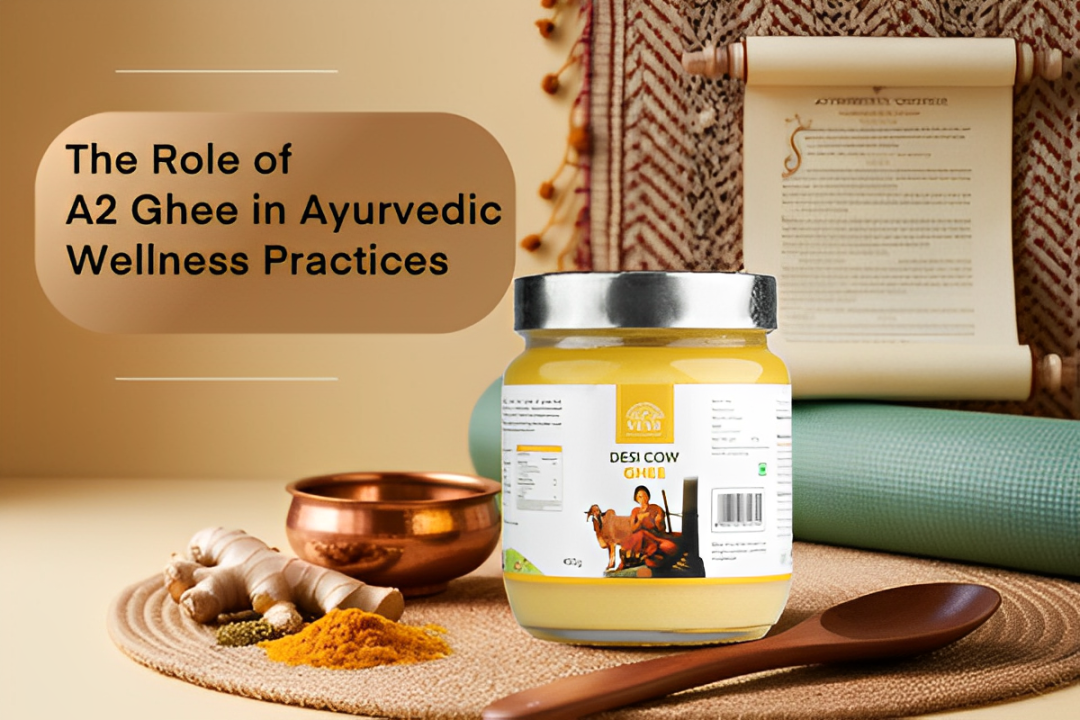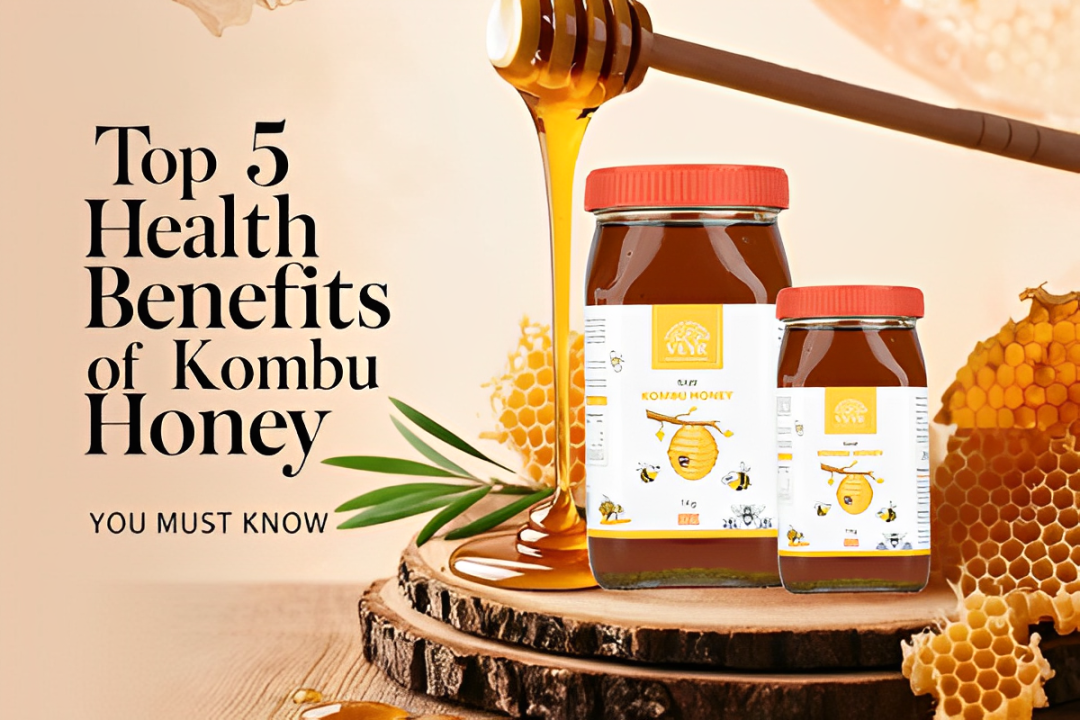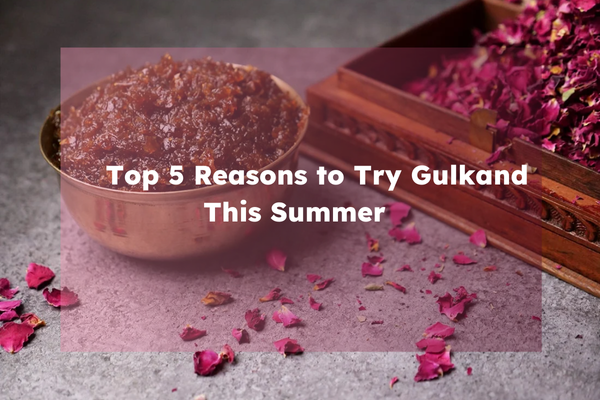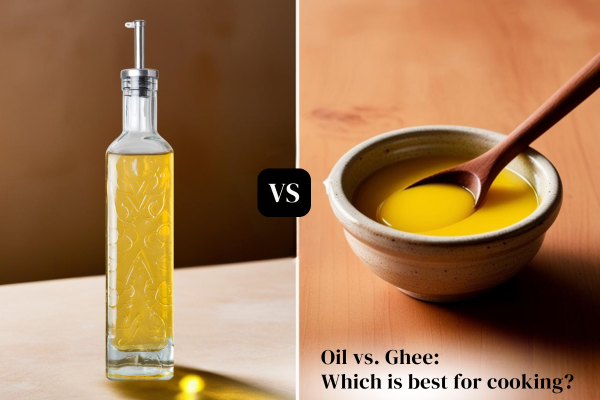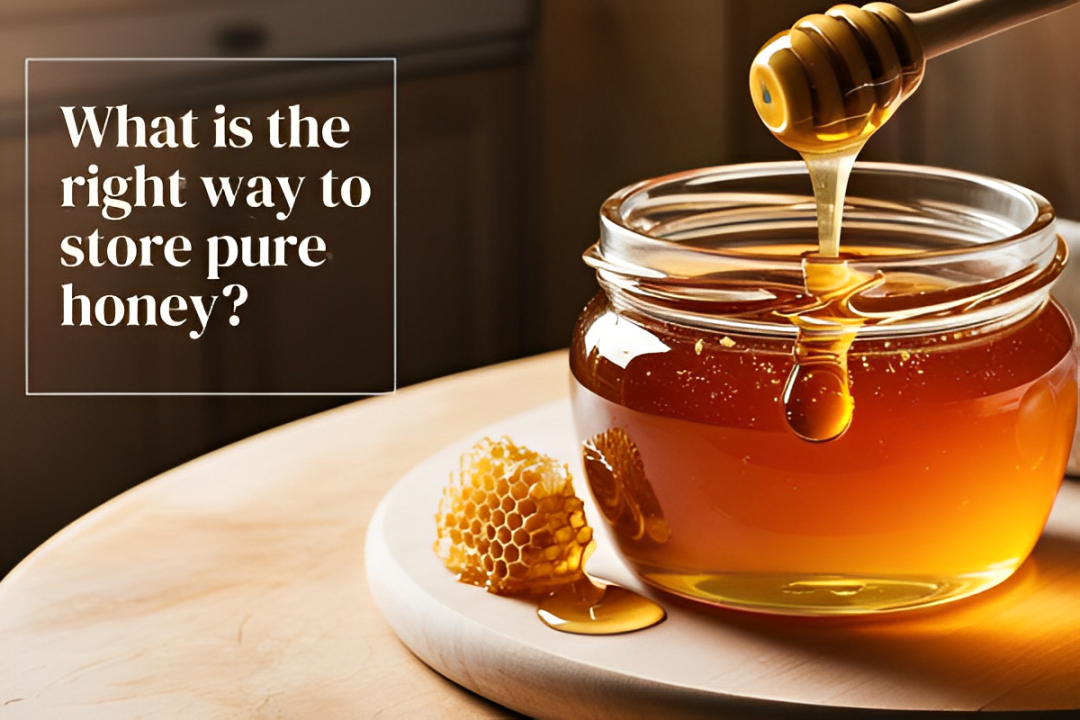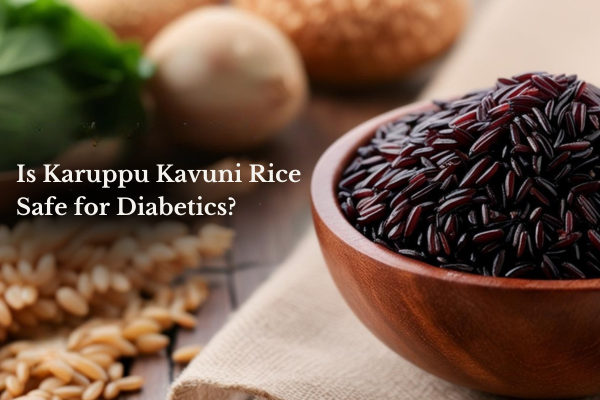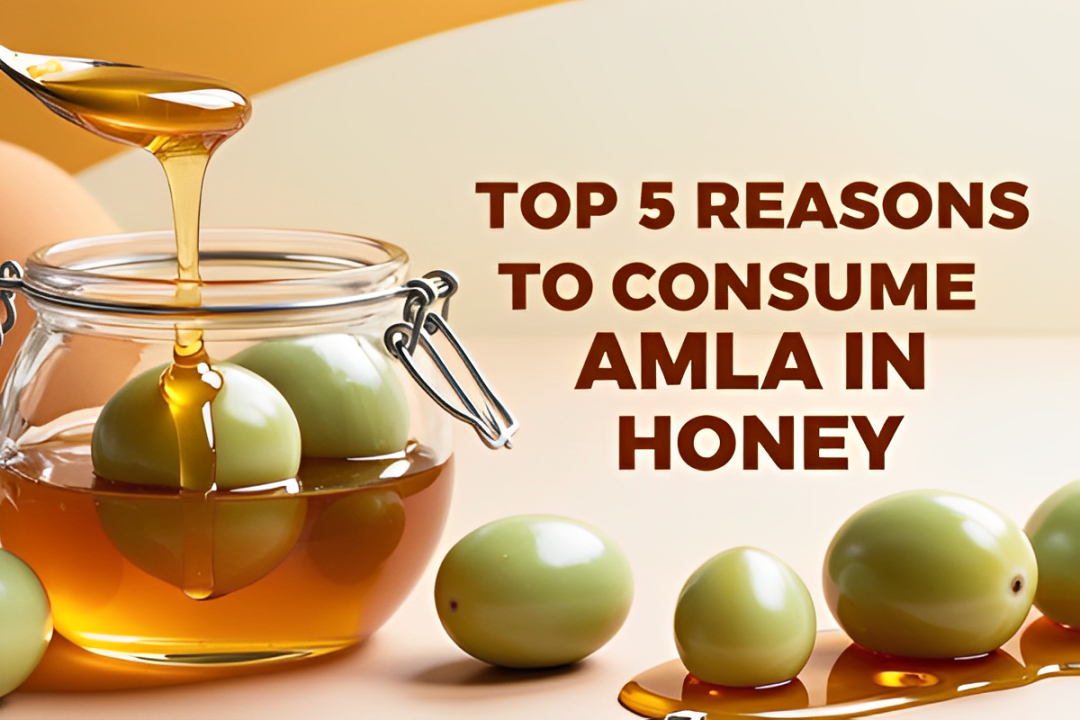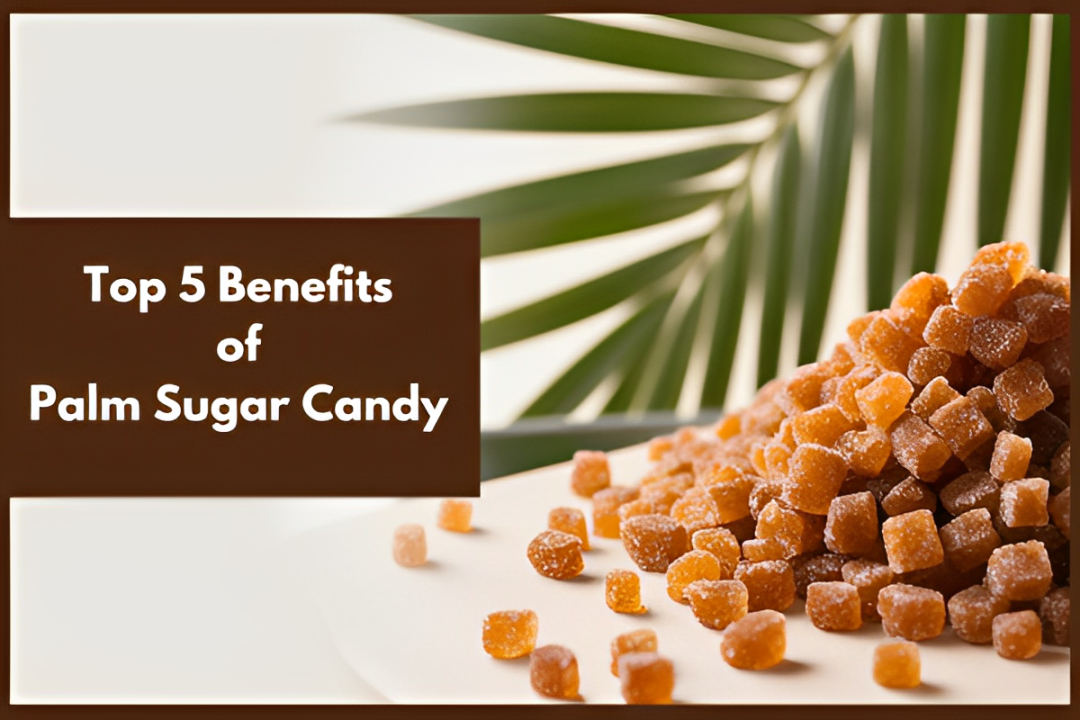Navratri - the most popular festival in India. It is a day of devotion and celebration. It is a collection of the Mother Goddess Durga in nine distinct incarnations. Each day represents her various avatars, and hence, it can be only as good as nine nights. It celebrates the triumph of good over evil, which is ultimately realized at the Dussehra celebration.
Celebrating Navratri has been a practice that transcends centuries: it indeed represents the very cultural and spiritual practice of India and is celebrated with very precise rituals and practices across the land.
Among the Navratri rituals, one is fasting, which is as much spiritual exercise as detoxification. For nine days, devotees abstain from regular food and prefer specific ingredients allowed during Navratri fasting. The blog elucidates the historical background of Navratri, the significance of fasting, and healthy Navratri fasting recipes that taste and are nutritious.
Origin of Navratri
It is a very ancient tradition rooted in Indian culture. It changes from the most simple festival to a grand one by infusing fasting into it. It not only prepares you for the changing season but also detoxifies the body and brings out self-discipline to your senses. It is that time of reflection with which one meets one's inner self and connects with the divine feminine energies.
Significance of Fasting During Navratri
Fasting is the central ritual done during Navratri. The rules and regulations might be different for those coming from other regions and societies, but the purpose is the same: detoxification of the body and soul. Fasting during Navratri will surely make you forego your routine eating habits and encourage conscious intake of lighter and easily digestible foods.
Staple items like wheat, rice, and lentils are avoided. Instead, fasting focuses on alternative flour, buckwheat flour, singhara, or water chestnut flour. Sweet potatoes and potatoes are the main forms in which root vegetables are consumed. Followed by that are the dairy products such as yogurt, paneer, and milk.
It is an integral part of most recipes prepared on fasting days, not just because it adds richness to the dishes but also because of its many health benefits. It has the very auspicious effects of digestion while boosting one's immunity and adding important fats to help maintain energy levels during fasting.
Let's head into some Navratri fasting recipes that will keep you nourished and energized throughout the nine days of celebrations.
Healthy Navratri Fasting Recipes
1.Sabudana Khichdi
Sabudana Khichdi is one of the most common dishes for Navratri fasting. This light yet flavorful dish contains sago pearls, peanuts, and potatoes.
How to make Sabudana Khichdi?
- Soak the sabudana in water for 4-5 hours or overnight.
- Heat desi cow ghee in a pan. Add chopped green chillies.
- Now add boiled potatoes and sauté them for some time.
- Add soaked sabudana, peanuts, and salt. Stir and cook for 5-7 minutes.
- Garnish with coriander leaves and serve hot.
- This preparation is light on the stomach yet filling, and desi cow ghee adds a rich texture and essential nutrients to the dish
2.Kuttu Ki Puri (Buckwheat Flour Puri)
This bread is ideal for fasting in Navratri as it is made of buckwheat flour.
Making
- Mix buckwheat flour, mashed potato, and rock salt in a bowl
- Mix water gradually and knead it to form dough.
- Add desi cow ghee in a pan to deep fry it.
- Take some small puris of dough to fry it, which will turn into a golden color and be enjoyed hot with curd or vegetables.
- Kuttu ki Puri is the crispy and tasty bread with which one can have a number of fasting friendly dishes for Navratri. Desi cow ghee gives it a taste which makes it even more fulfilling.
3.Vrat Wale Aloo-Fasting Potatoes
Potatoes are a must for Navratri fasting. This simple, savoury dish goes well with kuttu puris or even with samak rice.
How to Make it?
- Heat desi cow ghee in a pan and add cumin seeds and green chilli.
- Add boiled potatoes and sauté for 5 minutes.
- Add rock salt and mix well. Cook for another 3-4 minutes.
- Garnish with fresh coriander leaves and serve.
- This simple dish, cooked in desi cow ghee, is easy to make and flavorful, making it a staple recipe for Navratri.
4.Black Channa Sundal
Soak black channa overnight, pressure cook with water and rock salt till soft (about 4-5 whistles).
- Drain the water and put the prepared channa aside.
- Heat cold pressed groundnut oil in a pan. Add mustard seeds and let them splutter, followed by cumin seeds, dry red chillies, asafoetida, and curry leaves.
- Add cooked black channa and mix well for 2-3 minutes.
- Add grated coconut (if using) and fry for one more minute.
- Garnish with fresh coriander leaves on top and serve.
Veyr Organics - the best organic shop , believes in bringing the best of nature to your plate. Our products, including premium-quality desi cow ghee, are made with utmost care and purity, ensuring that every ingredient you use is wholesome and organic. Whether it's cooking festive dishes or preparing other traditional dishes for Navratri, Veyr Organics offers the finest organic ghee, oils, and natural products to elevate your culinary experience.
Conclusion
Navratri Fast is not just fasting in the body but also a cleansing time of soul purification as well. Thus, nutrient-filled foods are consumed so that the seeker can maintain his energy levels while keeping the festival rituals intact. Therefore, ghee from desi cows used in these recipes not only imparts rich flavors to the dishes but also meets the day-to-day nutritional requirements of the body. With Sabudana Khichdi to Kuttu Ki Puri and Vrat Wale Aloo, these Navratri recipes ensure that you are at your energetic best without letting hunger get the better of you for nine days of Navratri. The light, healthy, and yummy delicacies prepared for the festival make your fasting experience both fulfilling and nourishing. Celebrate the festival with these healthy Navratri fasting recipes, and enjoy this divine connection with fasting!


